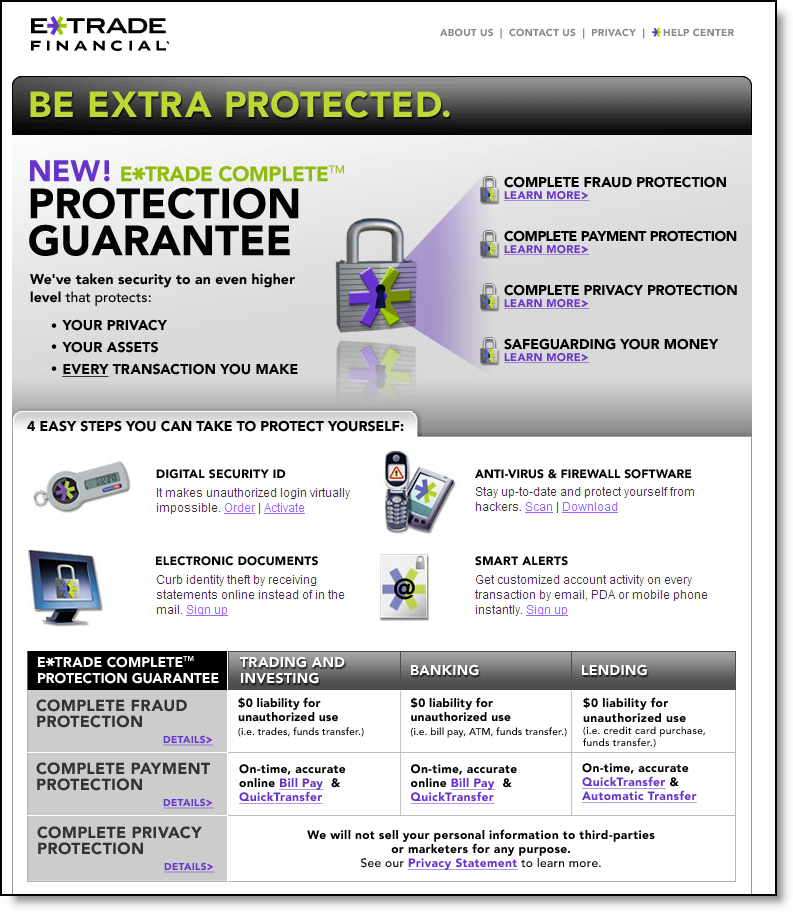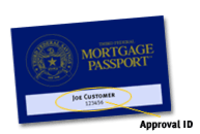 Ohio’s Third Federal Savings & Loan <thirdfederal.com> Mortgage Passport program might be the best relationship program we’ve ever seen. The free program promises a lifetime of preapproved mortgages and/or refinances, subject to a few simple rules:
Ohio’s Third Federal Savings & Loan <thirdfederal.com> Mortgage Passport program might be the best relationship program we’ve ever seen. The free program promises a lifetime of preapproved mortgages and/or refinances, subject to a few simple rules:
— 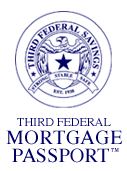 Owner-occupied housing within the bank’s lending area (all of Ohio and parts of Kentucky and Florida)
Owner-occupied housing within the bank’s lending area (all of Ohio and parts of Kentucky and Florida)
— Maximum LTV of 85 percent for loans less than $650,000; 60 percent for loans higher than $650,000
— Have never declared bankruptcy or been foreclosed on
Features
- Mortgage is preapproved: Members are guaranteed a mortgage loan provided they meet down payment/equity requirements (15 percent for up to $650,000, 40 percent for higher) and have not filed for bankruptcy or been foreclosed on.
- Lifetime membership: The preapproval is good for the lifetime of the member provided the above criteria are met; future credit score and income does not matter.
- Reward programs: Members are automatically enrolled in Passport Rewards which promises prizes and "special gifts" throughout the year.
- No program application required: Membership in the Mortgage Passport is by invitation only (preapproved) based on credit history; users receive an ID in their preapproval package that is entered into the bank’s website (application is still required for a new mortgage/refinance); mortgage site powered by privately held Mortgagebot LLC.
- No maximum debt-to-income ratio: Provided the above equity measures are met, the bank lets the home buyer determine the house payment they can afford.
- Downloadable, preapproval letter: Members can download and print a mortgage preapproval letter at any time to use when house shopping; no preplanning is required before hitting the open houses; and members can choose the loan amount to be cited in the letter.
Analysis
In the age of identity theft, layoffs, and mysterious entries on your credit report, it is reassuring to know that once you’ve joined Third Federal’s Mortgage Passport program, you’ll never have to worry about being approved for a mortgage again. This prevents the sad cases where consumers who’ve lost their jobs are stuck in their oversized house or mortgage because they can’t qualify for new, lower-priced financing.
And talk about engendering loyalty. Would you ever move your banking business away from a company that gives you a preapproved mortgage for the rest of your life! That’s better than free bill payment by just about every measure.
Assuming the underwriting is sound, the only downsides are:
- Limitations of "by invitation only": While it creates exclusivity and ensures the highest credit quality, what about prime prospects just moving into Ohio or Florida that have not received the bank’s preapproval offer? There should be some application process to receive the coveted "invitation."
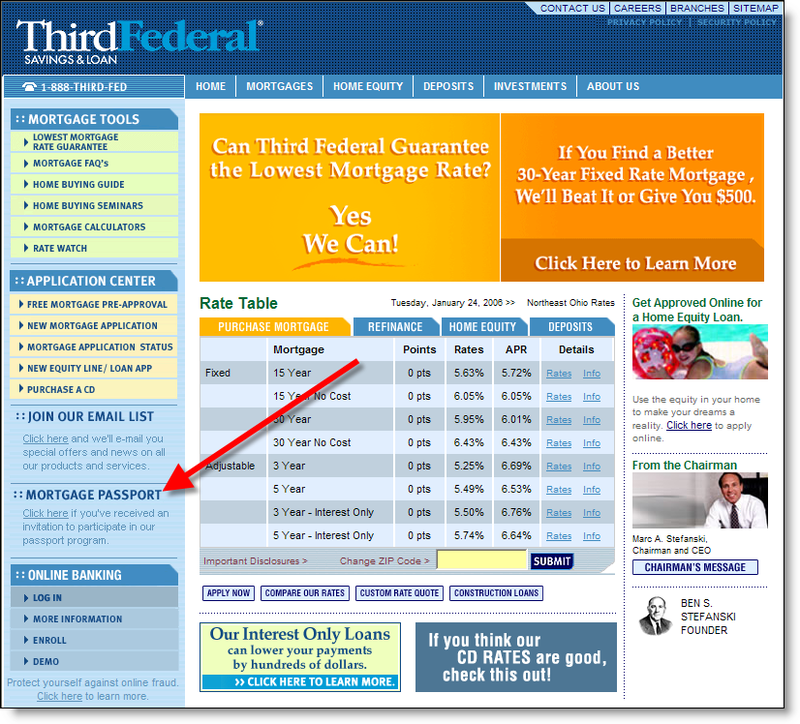 Undermarketed on its website: Again, because of the by-invitation-only nature, the program’s promotional material is low-key so as not to disappoint the majority of visitors not previously qualified for the program. The bank provides a homepage link (click on the inset for a closeup), but the tiny, almost unreadable copy says only, "Click here if you’ve received an invitation to participate in our passport program."
Undermarketed on its website: Again, because of the by-invitation-only nature, the program’s promotional material is low-key so as not to disappoint the majority of visitors not previously qualified for the program. The bank provides a homepage link (click on the inset for a closeup), but the tiny, almost unreadable copy says only, "Click here if you’ve received an invitation to participate in our passport program."
—JB
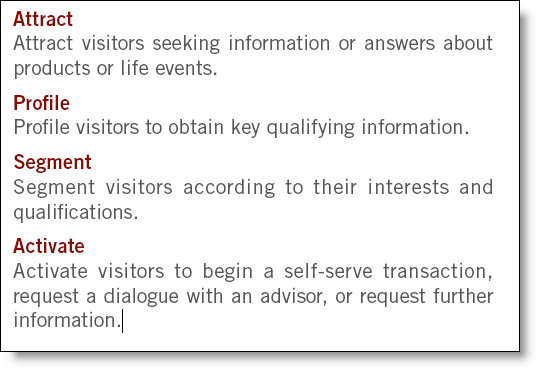
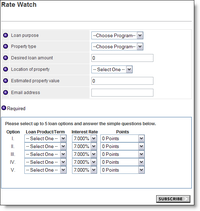 Subscribe to an information alert: Users sign up to receive email messages when certain events occur, such as rates hitting a certain level; for example, E*Trade's Rate Watch (click on inset to see the sign-up form).
Subscribe to an information alert: Users sign up to receive email messages when certain events occur, such as rates hitting a certain level; for example, E*Trade's Rate Watch (click on inset to see the sign-up form). 
